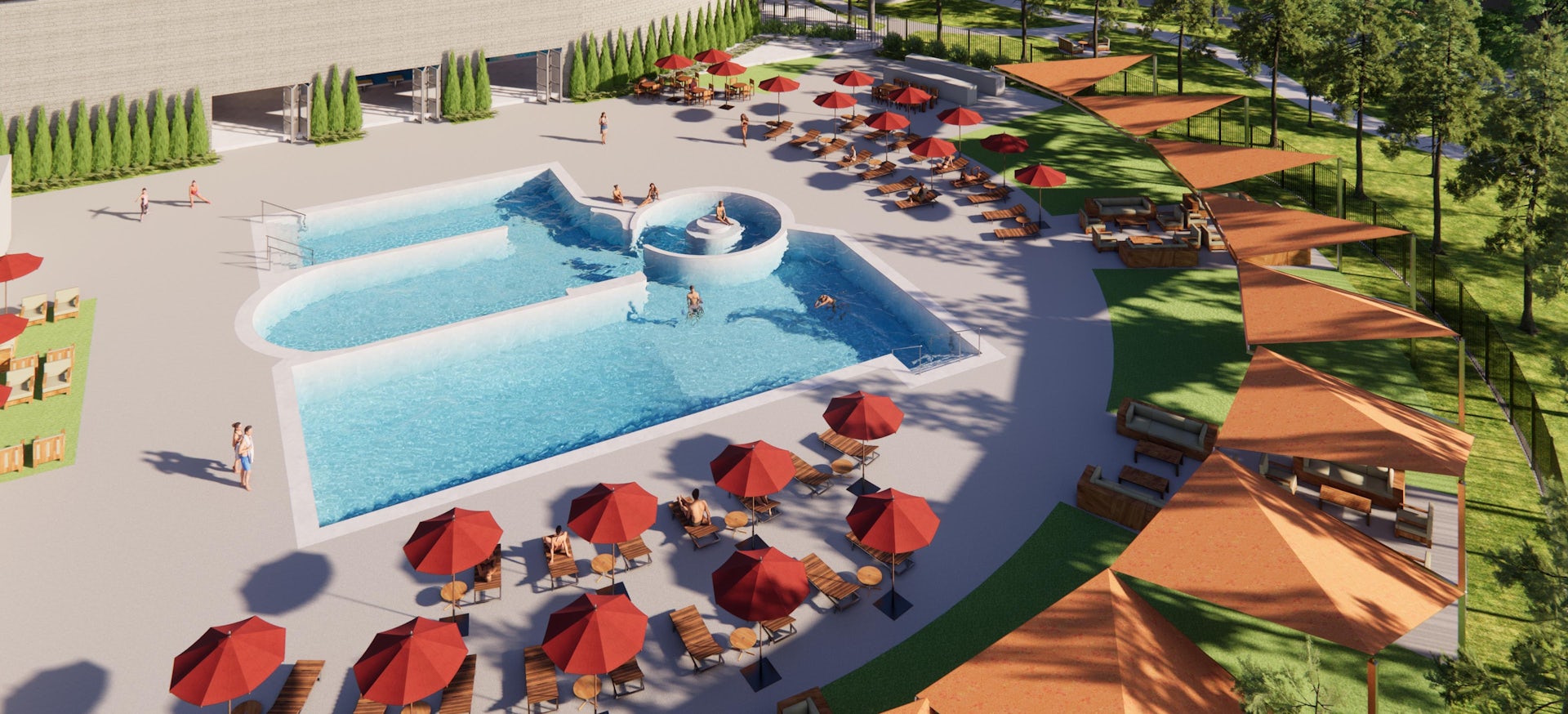By Muhsin Lihony
Director of Healthcare, LPA
Designing effective health and wellness facilities in these rapidly evolving times requires a foundation in data that’s reliable, evidence-based, actionable and measurable. Research is an often-overlooked element of the process, yet it is essential to create well-planned healthcare facilities that are more efficient, innovative, flexible and more responsive to community needs.
On project after project, LPA’s research team, “LPAred,” has played a pivotal role in helping our clients develop better facilities that serve the projects’ communities in different ways. By asking the right questions of the right people at the right time, they help us make informed design decisions, elevating the human experience, health and wellness, and performance of the buildings and the occupants.
As architects, research helps us become better informed, avoid assumptions, and understand the key drivers of project success. As we look to develop facilities that can adapt to the changing needs of providers, more rigorous analysis gives us a deeper understanding of the best options available for our clients.
The following are four recent examples of how research has affected the course of a project.
Redding Rancheria Tribal Health Village
Redding, California
The design process for Redding Rancheria tribe’s 140,000-square-foot, 3-story integrated health and wellness village started with an exploration of the history and culture of the community.
The team turned to visioning charrettes, rapid-fire stakeholder meetings and surveys – all of which gave invaluable perspective about the Redding Rancheria tribe’s values, culture, way of life and respect for the land and its resources.
The data informed the final design of the building in many ways, including the siting of the building on a creek with views of Mt. Shasta - both natural features integral to the tribe’s culture. By bringing health and wellness elements together under one roof, including a gymnasium, natatorium, outdoor swimming pools, and hydro and physical therapy facilities, the facility addresses the tribe’s holistic view to providing a continuum of care to its members.
Major Hospital Expansion
California
A large healthcare system in California challenged us to embrace the future of healthcare environments. To meet their goals, initial research led to the master plan concept of a Wellness Village, focused on the importance of a connection to nature in healthcare outcomes.
At the building scale, LPAred assisted in the research of various medical planning concepts, including different strategies for stacking the surgical floors to optimize patient outcomes and decrease travel distances for caregivers, as well as the overall patient/staff experience. The data on work habits helped inform LPA’s design, which fosters collaboration across disciplines and specialized health institutes on the healthcare campus.
LPAred also provided insight into the cultural trends in the community served by the hospital. For example, the team worked to understand the unique healthcare needs, customs, and preferences of the region’s large and diverse Asian population. The research highlighted the need to provide extra space in labor, delivery, and recovery rooms for members of the extended family to stay onsite and provide multi-generational social support to Asian women receiving maternity care.
Bienvivir Senior Care Facility
San Antonio, Texas
Our work on a new senior care facility in San Antonio was a great example of how to turn data into actual designs. Studies focused on the ability of exposure to nature to boost health and well-being. Bienvivir wanted to develop a facility that supported a more restorative environment for a range of participants receiving different levels of care.
The research team highlighted proven, study-supported strategies, allowing Bienvivir to make choices that supported their goal of developing more human-centric facilities. Research helped confirm the restorative role indoor environments play when they replicate the fundamental qualities of being in nature or outside. The right biophilic environments can boost a sense of well-being and help patients recover from mental fatigue.
The final facility design focuses on higher ratios of wood in the rooms, as well as views of trees and nature, instead of nondescript walls. Windows were thoughtfully designed to look out on a garden instead of the parking lot.
Tahoe Forest Health System
Truckee, California
The development of Tahoe Forest Hospital’s new master plan was an example of research helping the client connect with a wary community.
Our research team reached out to different segments of the community, focusing on three broad stakeholder groups: patients and family members, employees and volunteers, community groups and neighbors. Research methods included surveys, site awareness walks, and virtual community workshops during the pandemic. Questions focused on topics ranging from service access, pedestrian use and the drop-off zone to wayfinding and adjacent land use.
LPAred eventually garnered input from more than 700 participants from the community, which provided valuable insight about the community’s priorities. The final master plan design focused on increasing the density of the campus, while also improving the arrival and wayfinding experience, vehicular and pedestrian circulation, and providing connections to the beauty of the surrounding community.
The common thread in each project was an approach that made research and exploration core parts of the process. Research, tailored to each project, helped inform and improve the designs, support the client and team decisions, and ensure that well-designed spaces become well-utilized spaces.


















